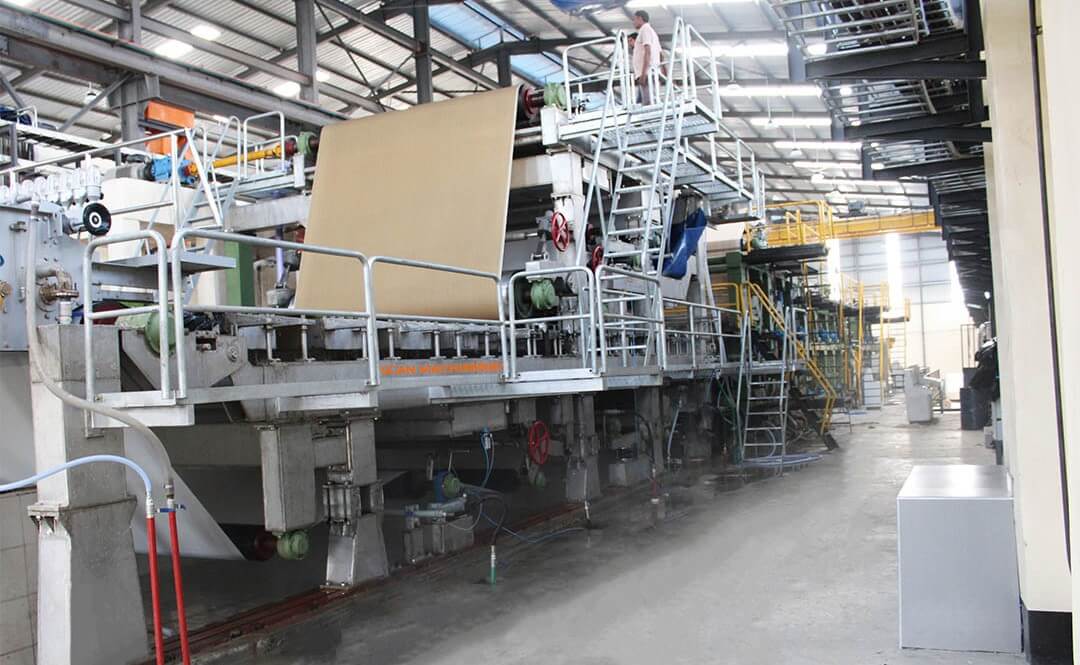- krofta@kroftaengineering.com
- Durga Bhavan A-68, FIEE Complex, Okhla Industrial Area Phase – II, N.D – 110 020
Electrical Coagulation

Electrical Coagulation
What is electrical coagulation?
Direct current is applied to electrical contacts that are dipped in an aqueous solution using the electrocoagulation (EC) method. The electro-oxidation of a sacrificial anode, which is often constructed of iron or aluminum, produces a flocculating agent. EC is an easy and effective method to remove this flocculating agent.
What is the principle of electrocoagulation?
Its fundamental idea is based on how water molecules respond in a redox reaction to a strong electric field. In the process of oxidizing the anode material, coagulating agents are released, forming metal hydroxide complexes that neutralize particulate materials and produce agglomerates.
Where is electrocoagulation used?
Electrocoagulation (EC) is a technique used for wastewater treatment, industrially processed water, and medical treatment.
Wastewater treatment Anodes and cathodes, two pairs of metal sheets used in electrocoagulation, are placed in pairs of two. The cathode is oxidized (loses electrons), while the water is reduced (gains electrons), using the principles of electrochemistry to improve the treatment of wastewater. Metal is released into the device when the cathode electrode comes into touch with the wastewater. When this occurs, hydroxide complexes are formed in order to neutralize the particles and create agglomerates. These agglomerates may be removed by filtering and start to develop toward the tank's bottom. The particles would instead float to the top of the tank using generated hydrogen bubbles that are produced from the anode when one thinks of an electrocoagulation-flotation setup. The floated particulates can be skimmed from the top of the tank.
Medical treatment
Radio waves are delivered to tissues close to the probe using a tiny wire probe or another delivery method. Vibrations in the tissue's molecules produce a fast rise in temperature, which in turn causes the tissue's proteins to coagulate and ultimately destroy it. Full desiccation of tissue is conceivable with higher power applications.
Industrially processed water
The automotive, aerospace and metals sector (cars, trucks, airplanes, heavy equipment, and componentry) must now meet more stringent environmental standards, particularly in the areas of COD, metal removal, and specific molecule removal. Traditional chemical or biological treatment facilities frequently struggle to address and resolve problems caused by residual metal contents, residual hydrocarbon or oil levels, or residual surfactant contents. A good and efficient treatment plant frequently finds itself unable to meet new standards, whether they originate from authorities or even internal goals and strategies. The majority of the time, current plants have quite high running expenses. The solution to these issues is to use cutting-edge oxidation technologies like electrocoagulation, either in conjunction with new treatment facilities or simply by reworking or retrofitting old ones.


 Anita
Anita




